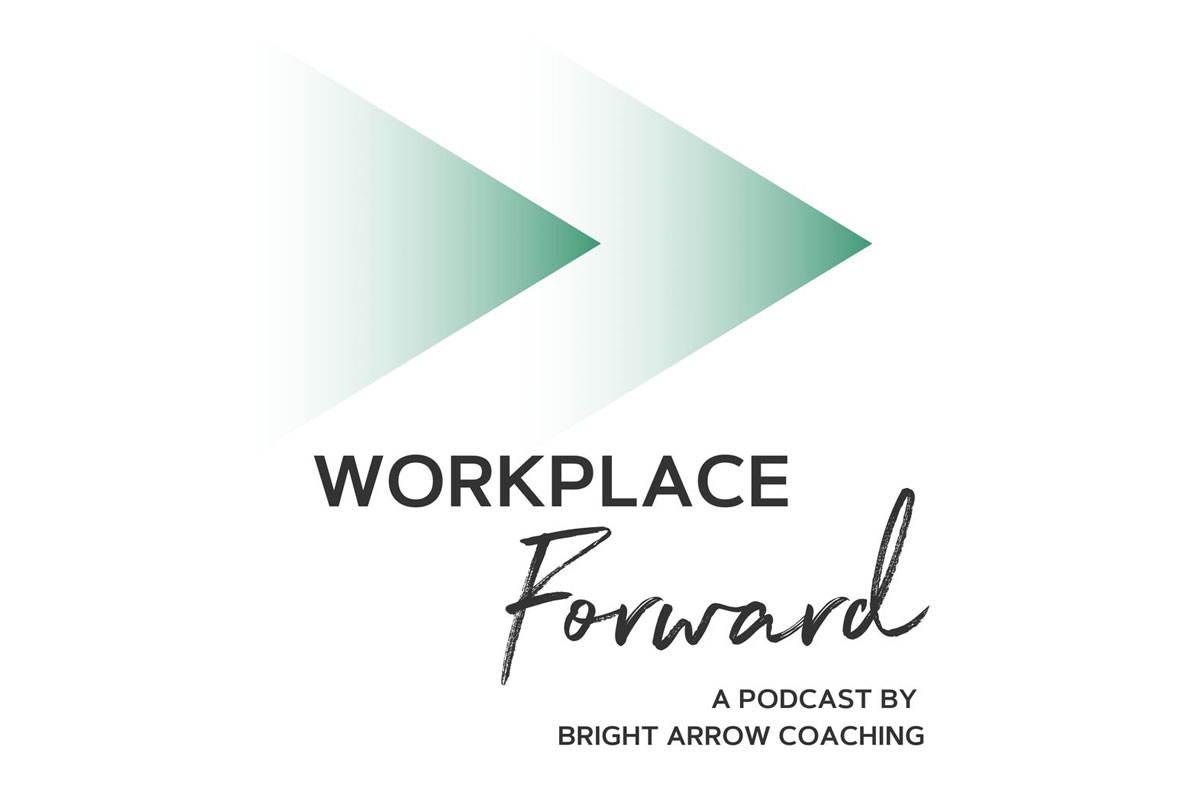Being employed by companies for the first half of my career gave me deep stability and comfort. I had a framework for achievement. Constant goals to aim for. Co-workers. Training. Health benefits. Retirement benefits. Regular opportunities to stretch beyond my comfort zone.
It was wonderful! Until…it just wasn’t anymore. As with many clients in my coaching practice, there came a time where it didn’t feel good anymore. I felt adrift. Without purpose. Uncomfortable in a way that was unhealthy and draining. I now know these are clear indicators of misalignment.
After giving my employer close to two months of notice (P.S. Don’t ever do that!!), I left my job without another one in hand. I planned to live off of my savings while I nursed my overextended body and mind and created a vision for what was next.
What I knew: I wanted to work for myself, doing something I love and that would make a big difference in the world. I didn’t want to have to say “yes” to tasks, projects, meetings, clients, or deliverables I didn’t like or believe in—ever again.
What I did not know: which of my capabilities and bodies of knowledge I would build a business around. I’d had a robust and varied career in the corporate “talent” space, which included recruiting, training and development, workplace coaching, and business operations (business process improvement).
Many people leave the security of their jobs because they are so convicted and called to what they want to do that they can’t stand to do anything else. I came at it from a different angle. I was super clear on what I would no longer do or tolerate in exchange for monetary security. I knew my talents and capabilities and set out to figure out how those things could be of service to others.
It turned out that I wouldn’t have more than two months of down time before business just started falling into my lap as a result of simply telling people I had gone out on my own. I couldn’t have seen that coming—and to this day remain deeply grateful things went that way!
Here are the steps I took to be my own business warrior. You can take these steps while you’re still employed. Have FUN with this, for goodness sake! Try not to “should” yourself. If you have to do one thing for 40 hours per week, will you be happy?
Get clear on your why.
I like Simon Sinek’s message, start with why. Even before I came across his work, I sat down and asked myself: “why do I want to be of service to others?” I asked: “what is going on in the world and what am I seeing in others that I can help soothe or support?” I asked myself “why” over and over again and allowed the layers to unpeel.
Here is how my answer first showed up:
Because I was given a unique life full of tough roads, trailblazing, fearlessness, anxiety, depression, and overcoming, I leveraged specific tools while creating the life I wanted, and I believed the world would benefit from knowing them.
Here is the answer I now work from after many attempts of answering why:
Because the world needs healing, and that healing starts with each of us loving and accepting ourselves (as humans and leaders), so that we can mirror that back to the world. Because we are one ask, one moment of realization, one giving of permission away from unlocking the life, leadership prowess, and feelings we really want.
Define your who.
Get clear on who you would support. I always share a simple “customer persona” exercise with my entrepreneur clients. This is a lite version of a standard exercise done in marketing.
- First answer this: is your buyer the same as your client? Is the person who vets you/your company and decides if they will “buy” it different from the person who ends up consuming your services? Example: The head of HR or Learning & Development “buys” training and coaching for the company. But the employees are the true consumers of the coaching and training content. Their customer personas will likely look different.
- What does your target customer 1) say 2) think 3) feel and 4) do? This is what should inform the services you provide, your value proposition, messages, and marketing. How do your services support each of these areas?
Clarify your what and how.
Ask yourself: what do I do for my clients and how do I do it? How does my what and how align to my customer needs (from the customer persona)?
I cannot tell you how many times budding entrepreneurs have asked for meetings with me to tell me what they want to do (or have just started doing) only for me to have to be brutally honest and say, “I really don’t have a clue what (or which of these things) you do or how you do them or how it ties to your clients’ needs.” (And then the coaching conversation begins to help them get clear.)
Lovingly, I can share with them that I too was once at this point. When I first set up shop, I offered way too many services. Frankly, I did so consciously and knew that the clarity would come. (Man, I wish I had saved screenshots of my first website!!!)
When you’ve had a solid career and become an expert on many topics in your field, it can be hard to whittle it down. The change here is that you are no longer doing “many things” with the support of the resources your big business employer could back you with. Many of us start out as a solopreneur. So, be realistic about what you can do well initially and plan to scale over time.
Lack of clarity can kill your credibility! It is wise to start out with your shortlist of offerings and go to market with just one or two. As you win business and stabilize each offering, you may add another one.
It is painful to watch entrepreneurs try to do too many things at once and, as a result, not do any of them well. They’re doing a disservice to their clients and themselves. Not to mention, they are accidentally stealing the joy that can be found in the entrepreneurial experience by overextending themselves right away.
Recruit your cheering section.
One of the greatest gifts from my years of working inside of organizations are the beautiful friendships and professional relationships that resulted. Those don’t go away just because you start your own business. They can morph to be the right kind of support for your new endeavor.
When I first started out, a former colleague and friend was kind enough to review all of my original sales presentations, program ideas, proposals, and pricing. This guy was tireless, brutally honest, and totally invaluable!
I hired an executive coach to support me who held me accountable to the internal work of creating a business while I created the parts of the business the world could see. If you thought you’d been stretched and experienced fear as an employee or leader for another company, just wait until you hold the entire bag. Working through your fears and having a partner to remind you of your gifts, your “why,” and generally hold space for you to work through your internal and external challenges is nothing short of a game changer.
Finally, I recommend all budding entrepreneurs extract their contact list from LinkedIn (did you know you can pull out all your contacts and their contact info in Excel?) and build their first simple CRM (Customer Relationship Management) tracker. My first clients were all former co-workers and employers! Just think about how many business leads might be right under your nose.
Be forewarned: Almost everyone you talk to on your way to creating a business will “yes” you to death! They will make promises to you about buying your services or sharing their contacts. Here is the truth: only a fraction of them will actually show up for you. Here is another truth: the ones who do will support you in ways you cannot even imagine. Support is about quality and not volume.
Form formal partnerships.
I’ve always said that, as a small business, my partners are an extension of my brand. I choose carefully. If they don’t hold the same standards for being organized, responsive, and serving as true experts in their fields, then I don’t hire them. And if I do mistakenly hire them and they aren’t the right fit, then they have to go. Quickly.
My attorney and accountant were essential first partners. They helped me learn some important ropes and protect my business from the very beginning.
I’ve since hired additional partners for support with administrative tasks, website development/management, social media, and branding so that I can stay focused on my gifts and not feel the need to build expertise in areas that are not my native genius. (A big time waster that many entrepreneurs create for themselves.) Be strategic about reinvesting in your business in the form of strong partnerships.
Things to keep in mind on your journey.
What I know for sure is that if you do the thing you are good at, can explain clearly how it serves your client, deliver on your promises, and are highly responsive and proactive, you’re already leaps and bounds above the rest. (You wouldn’t believe how low the bar is out there.) I know this from trying to hire my own partners or outsource work over the last few years. It would blow your mind how unresponsive people are or how many fail to actually send their proposals after they’ve taken meetings with you.
You are not going to slay every single aspect of entrepreneurship right away. I do not, and never will have things buttoned up 100 percent. There is no way for me to know everything. The key aspect of running a business is ALWAYS taken care of: my clients are served. Deeply.
It is okay to redefine. I rebranded after only 1.5 years. I stopped providing three of the four services I offered initially. I now do one thing: coaching and leadership development. I’m so grateful that I didn’t start out with this clarity. I was looking for the clarity from the beginning. The clarity is now conviction, and there are no more questions around my what and how (until it is time to evolve again).
You might be ready right now. I’ve talked with more than one budding entrepreneur who thought they needed a Masters degree or experience in another job before they took the leap. It is highly unlikely you need to make an expensive investment to get started (especially if you’re offering services and not tangible products). Who creates the measure of readiness? You do.
Remember: nobody is going to tell you when you’re ready.
You are ready now.









